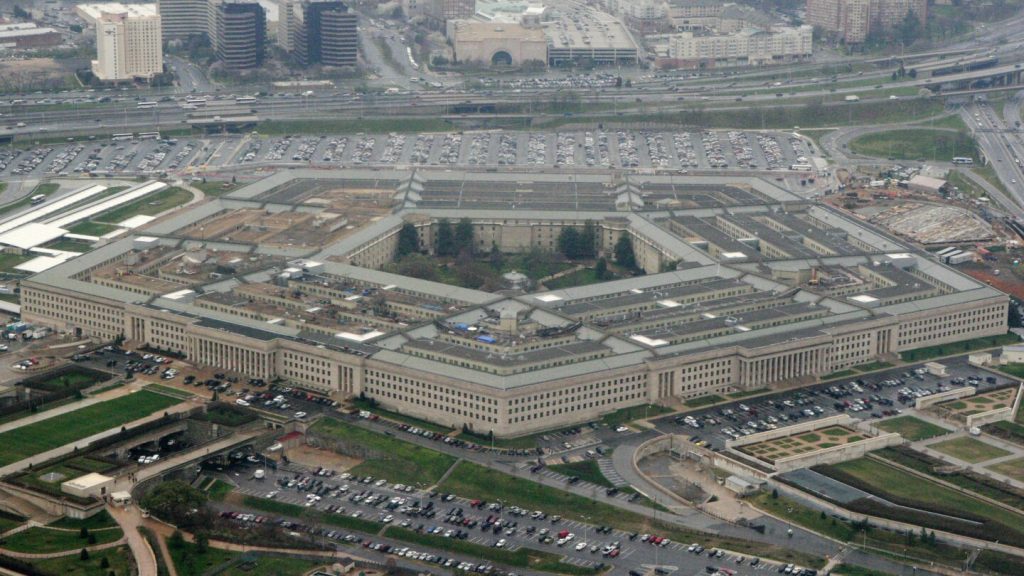The US Air Force is placing a significant focus on autonomously operated drones, with plans for a fleet of more than 1,000 AI-driven aircraft. This strategy is seen as the future of air warfare, with the potential for these drones to play a key role in combat situations. Air Force Secretary Frank Kendall has announced that he will be taking a test flight in one of the converted F-16s that have been adapted for drone flight. The goal of this test flight is to observe the performance of the autonomous technology in action, with a pilot present to monitor the flight but not intervene in the flying process. This move reflects the Air Force’s commitment to integrating drone warfare into its operations.
The use of drones in warfare has evolved rapidly from a secondary role to a primary weapon in modern combat. Drones are now a constant presence in conflict zones like Ukraine and the Middle East, where they are utilized by various groups for reconnaissance, surveillance, and even attacks. In Ukraine, Russian drones are targeting civilians, while Ukrainian forces are using drones to gather intelligence on Russian positions. In the Middle East, groups like the Iranian-backed Houthis are deploying drones to target US military installations and commercial ships in the Red Sea. The increasing prevalence of drones in these conflicts highlights the importance of incorporating this technology into military strategies.
The Air Force’s fleet of collaborative combat aircraft (CCAs) is a key component of its drone warfare strategy. These CCAs are designed to operate as a team, with one piloted jet overseeing multiple AI-driven drones known as “loyal wingmen.” The specifics of the drone fleet, including their size and platform, have not been disclosed by the Air Force. The test flight of the converted F-16 will provide valuable insights into the technology that will power this future fleet. The goal is to create a versatile and cost-effective fleet of drones that can support a wide range of missions, including surveillance and jamming.
The development of the drone fleet is driven by the need to prepare for future conflicts, particularly with potential adversaries like China. China’s advancements in anti-access capabilities have made it riskier to send manned crews into certain combat zones. Drones offer a more cost-effective and less risky alternative for breaching these defenses and carrying out various missions. The initial focus of the drone fleet may be on counter-air operations, but it is expected to have the flexibility to adapt to different types of missions as needed. The Air Force aims to keep the costs of these drones relatively low, with each unit projected to cost significantly less than a traditional manned fighter jet like the F-35.
In conclusion, the US Air Force’s embrace of drone technology represents a major shift in its approach to air warfare. The planned fleet of autonomous drones reflects a vision of future combat scenarios where AI-driven aircraft play a central role. By exploring the capabilities of these drones through test flights and investing in the development of a versatile and cost-effective fleet, the Air Force is positioning itself for success in future conflicts. The integration of drones into military strategies is seen as essential for maintaining a competitive edge against adversaries and addressing emerging threats in the evolving landscape of modern warfare.


